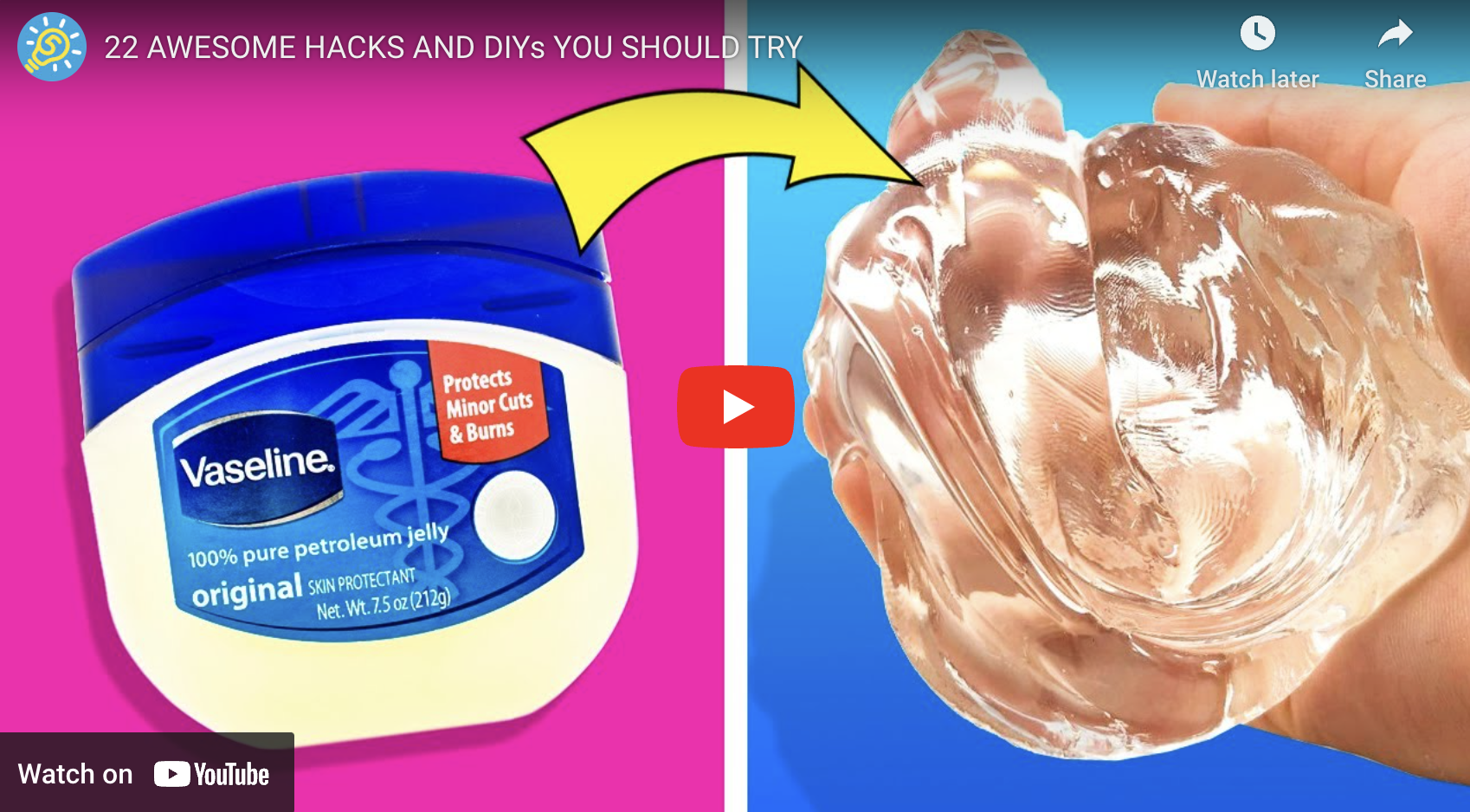When it comes to DIY projects around the house, one common issue that many homeowners face is the gap between the sink and the wall. This unsightly gap can not only be a source of frustration, but it can also lead to water damage and mold growth if left unaddressed. Fortunately, there are several ways to fill this gap and create a seamless look in your bathroom or kitchen. In this article, we will explore how to fill the gap between the sink and wall, as well as discuss some interesting trends in the world of DIY home improvement projects.
One of the first steps in filling the gap between the sink and wall is to measure the width and depth of the gap. This will help you determine the best method for filling in the space. One popular option is to use a silicone caulk to seal the gap and create a waterproof barrier. Simply apply the caulk along the edge of the sink where it meets the wall, smoothing it out with a caulk tool or your finger. This will not only fill in the gap, but it will also prevent water from seeping into the wall and causing damage.
Another option for filling the gap between the sink and wall is to use a decorative trim piece. These trim pieces come in a variety of styles and finishes, allowing you to customize the look of your sink area. Simply measure the width of the gap and purchase a trim piece that fits snugly against both the sink and wall. Secure the trim piece in place using adhesive or nails, and enjoy a polished and finished look in your bathroom or kitchen.
In addition to silicone caulk and trim pieces, there are other creative ways to fill the gap between the sink and wall. One trend that has been gaining popularity in recent years is the use of peel-and-stick tiles. These adhesive tiles can be easily applied to the wall behind the sink, covering up any gaps and creating a stylish backsplash. With a wide range of colors and patterns available, peel-and-stick tiles are a versatile and affordable option for updating your sink area.
Another trend in filling the gap between the sink and wall is the use of floating shelves. These shelves can be installed above the sink, providing both storage space and a decorative element to the room. By placing decorative items or plants on the shelves, you can create a visually appealing display that draws the eye away from any gaps in the wall. Floating shelves are easy to install and can be customized to fit any size gap, making them a versatile option for filling in empty spaces.
For those looking to add a touch of luxury to their sink area, another trend to consider is the use of marble or granite countertops. These natural stone materials can be custom-cut to fit the space between the sink and wall, creating a seamless and elegant look. With their durability and timeless appeal, marble and granite countertops are a popular choice for homeowners who want to upgrade their sink area and create a high-end finish.
In addition to filling the gap between the sink and wall, another trend in DIY home improvement projects is the use of smart technology. Smart faucets and sinks are becoming increasingly popular, allowing homeowners to control water flow and temperature with just a touch or voice command. These high-tech fixtures can add convenience and efficiency to your daily routine, while also creating a modern and stylish look in your bathroom or kitchen.
Finally, one trend that is sure to make a statement in any sink area is the use of bold colors and patterns. Whether you choose a vibrant tile backsplash, a colorful sink basin, or a bold wallpaper accent wall, incorporating bright and eye-catching elements can transform the look of your sink area. By mixing and matching different colors and patterns, you can create a unique and personalized space that reflects your style and personality.
Now, let’s hear from some professionals in the field on their thoughts and tips for filling the gap between the sink and wall:
“I always recommend using a high-quality silicone caulk to seal the gap between the sink and wall. Not only does it create a watertight seal, but it also provides a clean and professional finish.” – Interior Designer
“When filling the gap between the sink and wall, don’t be afraid to get creative. Consider using a contrasting trim piece or decorative tile to add visual interest and personality to the space.” – Contractor
“If you’re looking to update your sink area, consider installing floating shelves above the sink. Not only do they provide extra storage space, but they can also help to fill in any gaps between the sink and wall.” – Home Stager
“For a high-end look in your sink area, consider using marble or granite countertops. These natural stone materials can be custom-cut to fit the space perfectly, creating a luxurious and seamless finish.” – Architect
While there are many creative ways to fill the gap between the sink and wall, homeowners may have some common concerns about tackling this DIY project. Here are 14 common concerns and answers related to filling the gap between the sink and wall:
1. Concern: Will filling the gap between the sink and wall be difficult?
Answer: Filling the gap can be a simple and straightforward process, especially with the right tools and materials.
2. Concern: Will the gap-filling materials be waterproof?
Answer: Using silicone caulk or waterproof adhesive will create a watertight seal that prevents water damage.
3. Concern: How can I ensure a professional-looking finish?
Answer: Taking measurements, using the right tools, and following installation instructions carefully can help achieve a polished result.
4. Concern: Will filling the gap be expensive?
Answer: There are budget-friendly options available, such as silicone caulk, peel-and-stick tiles, and trim pieces, to suit any budget.
5. Concern: Can I customize the gap-filling materials to match my decor?
Answer: Yes, there are a variety of colors, patterns, and finishes available for silicone caulk, trim pieces, and other materials.
6. Concern: Will filling the gap require special tools?
Answer: Basic tools such as a caulk gun, caulk tool, adhesive, or nails may be needed depending on the method chosen.
7. Concern: How long will it take to fill the gap between the sink and wall?
Answer: The time required will vary depending on the method chosen, but most options can be completed in a few hours.
8. Concern: Can I remove the gap-filling materials if needed?
Answer: Silicone caulk and adhesive can be removed with the right tools and techniques, allowing for easy replacement if necessary.
9. Concern: Will filling the gap between the sink and wall require professional assistance?
Answer: Most homeowners can fill the gap themselves with basic DIY skills, but professional help may be needed for more complex projects.
10. Concern: Will filling the gap affect the resale value of my home?
Answer: Filling the gap can improve the overall appearance of your sink area, potentially increasing the value of your home.
11. Concern: Can I paint or stain the gap-filling materials to match my existing decor?
Answer: Some materials, such as trim pieces or floating shelves, can be painted or stained to match your decor.
12. Concern: Will filling the gap require regular maintenance?
Answer: Properly installed gap-filling materials should require minimal maintenance, but periodic inspections may be needed to ensure they remain in good condition.
13. Concern: Will filling the gap between the sink and wall affect the functionality of the sink?
Answer: Properly filling the gap should not affect the functionality of the sink, but it can prevent water damage and mold growth.
14. Concern: Can I get creative with filling the gap between the sink and wall?
Answer: Yes, there are many creative and customizable options available, such as peel-and-stick tiles, decorative trim pieces, and smart technology.
In summary, filling the gap between the sink and wall is a simple and effective way to improve the look and functionality of your bathroom or kitchen. Whether you choose to use silicone caulk, trim pieces, peel-and-stick tiles, or other creative solutions, there are plenty of options available to suit your style and budget. By following these tips and trends, you can create a seamless and stylish finish in your sink area that will enhance the overall look of your home.
![[Mom Prepared]](https://momwithaprep.com/wp-content/uploads/2024/12/cropped-momlogo-244x56.png)

